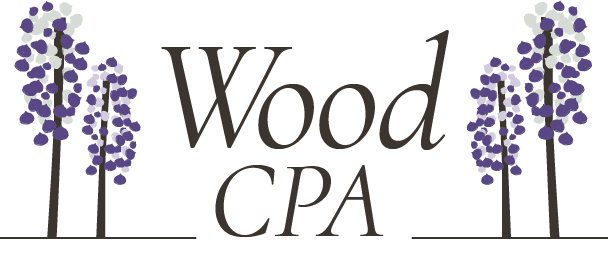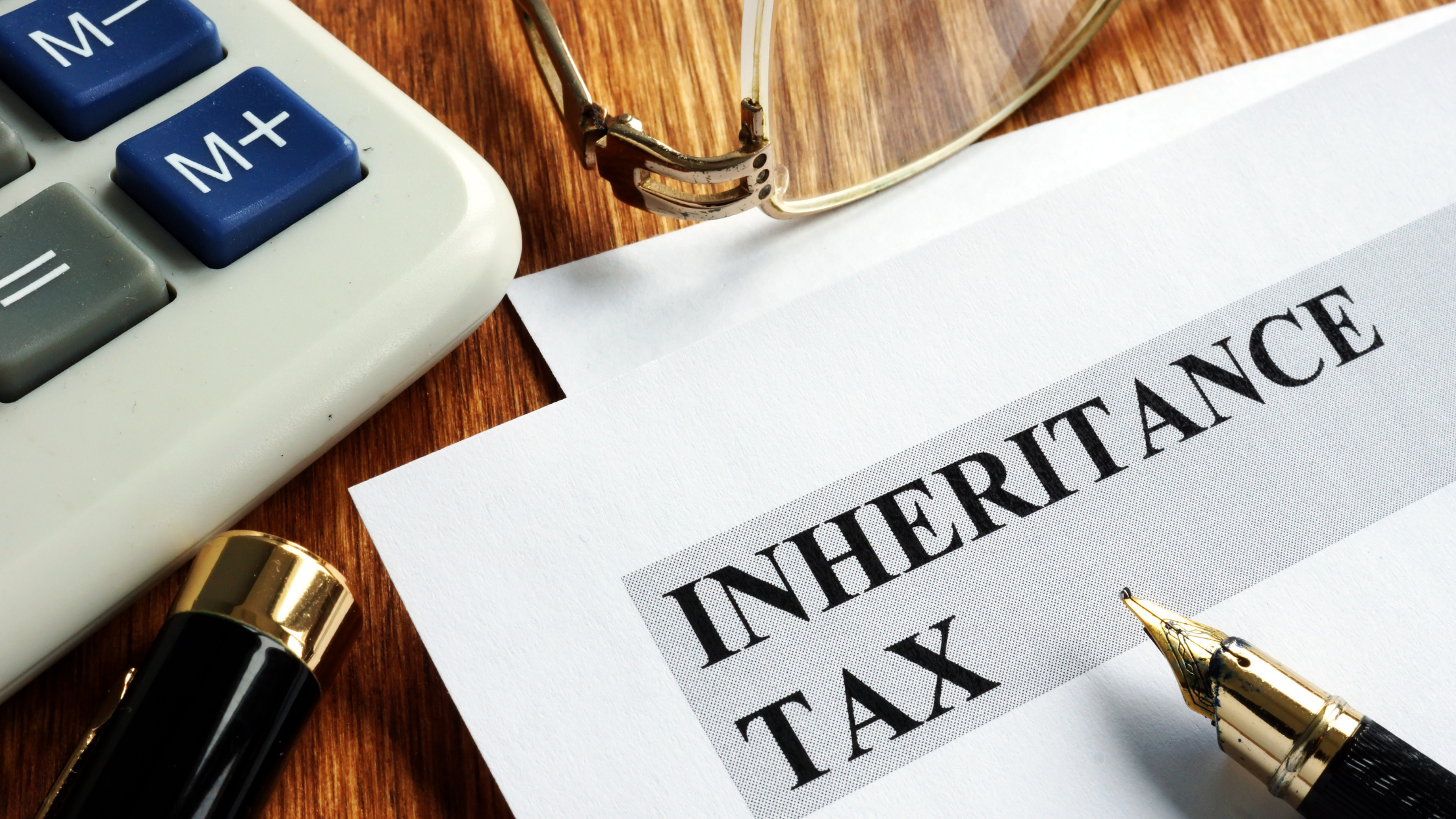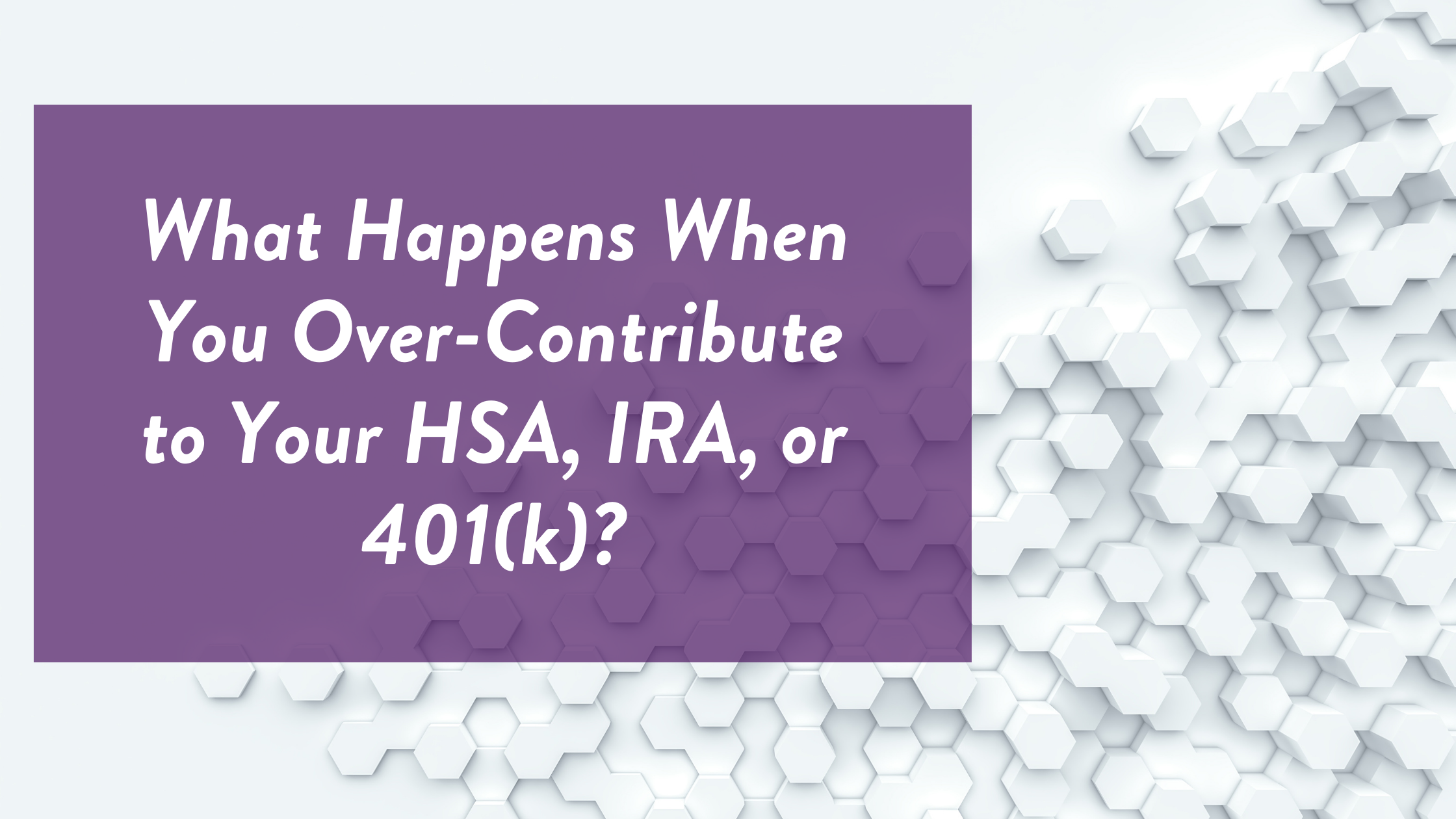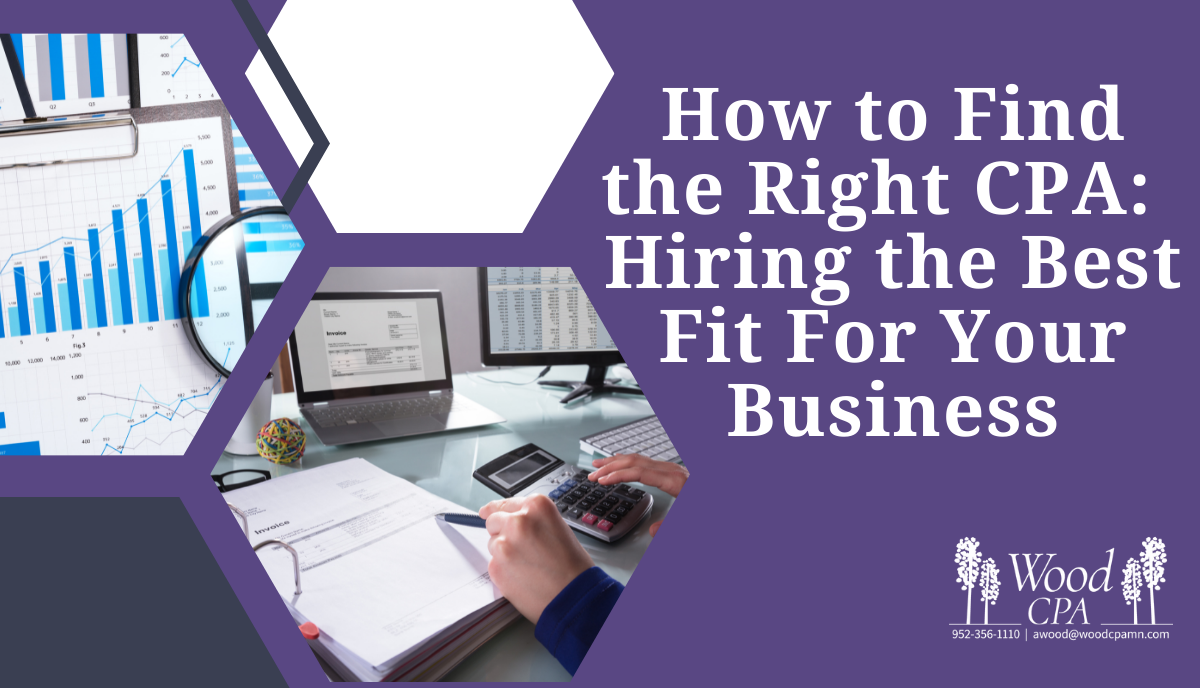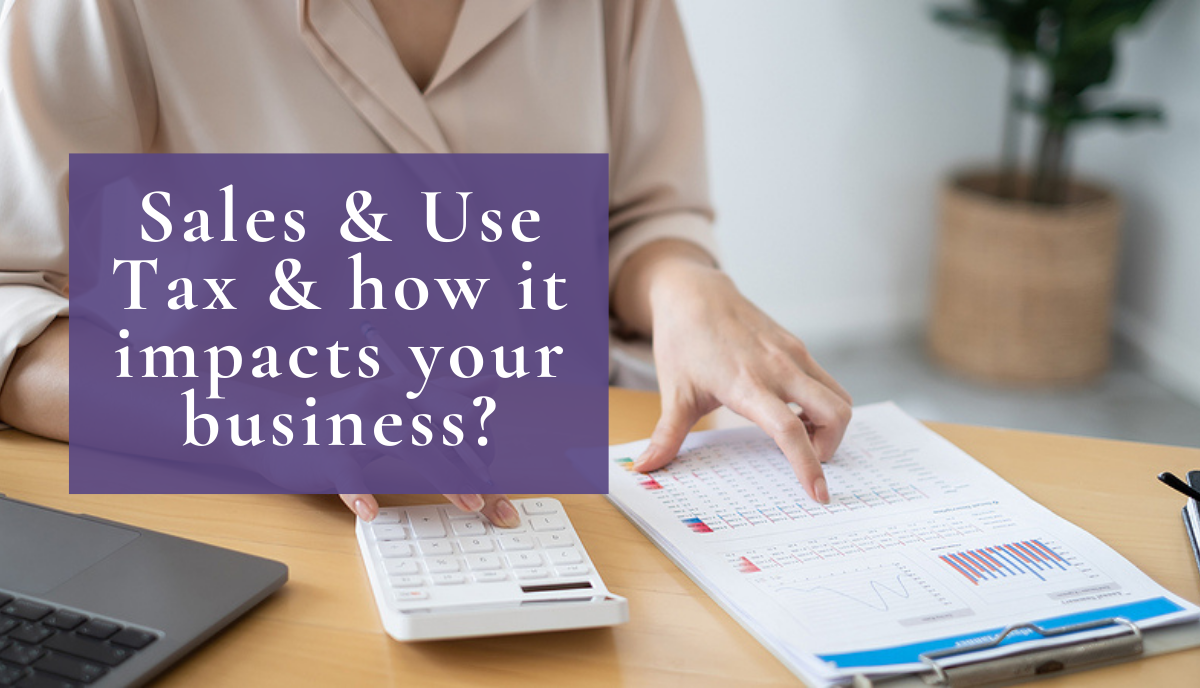
2020 School Year Tax-Saving Tips for Parents
School looks a lot different for all of us this year. Whether you are sending your children to public or private school, doing in-class, hybrid, or distance learning, tackling homeschooling, or some combination of these options, most of us are in uncharted territory. Because of this, we thought it would be a good idea to go over the tax benefits Minnesota offers parents with regard to school-related expenses.
These benefits are not new, but if the way you are doing school this year is new to you, or if your income has changed this year (due to COVID-19 or other circumstances), you may find that there are benefits you didn’t know about that you can now take advantage of.
MN K-12 Education Subtraction and Credit
The main way Minnesota offers tax benefits for parents who pay qualifying education expenses for their kids is in the form of the K-12 Education Subtraction and the K-12 Education Credit. Both of these benefits can reduce the taxes you owe or increase your refund.
Generally speaking, qualifying education expenses include most school supplies, educational computer hardware and software, tutoring, academic summer camps, field trips, and musical instruments for school band. You can find a more complete list of qualifying expenses here.
It is possible to qualify for the subtraction, the credit, or both. Let’s take a look at the difference between the two:
● Subtraction
The subtraction allows you to subtract qualifying educational expenses from your taxable income on your MN Income Tax Return — up to $1,625 for each child in grades K-6, and up to $2,500 for each child in grades 7-12 (there is no family maximum subtraction, only a per-child maximum). To qualify, your child must have attended school in MN, WI, IA, ND, or SD. There is no income limit for the subtraction.
● Credit
Parents under certain income limits may qualify for the credit. With this refundable credit, you can get a refund of up to 75% of qualifying educational expenses, even if you don’t owe any taxes. To qualify, you must meet the income limits and file as single, head of household, qualifying widow(er), or married filing jointly (if you file married filing separately you cannot qualify for the credit).
For both the subtraction and the credit, you must retain itemized cash register receipts and/or invoices as proof of qualifying expenses. You can use both the subtraction and the credit (if you qualify) for qualifying expenses, but you cannot claim both the subtraction and the credit for the same expense. If you qualify for both, it is recommended that you first determine the amount of credit you qualify for, then take any remaining expenses as a subtraction. Find more information about the subtraction and credit (including a full list of eligibility requirements) here.
Home School Expenses
Because of COVID-19-related school changes, more families are choosing to home school this year. Certain home school expenses qualify for either the subtraction or the credit — or both. To qualify, expenses must be those required as part of a normal school day for subjects usually taught in public school grades K-12. This includes expenses such as:
● Materials used during the normal school day such as instructional materials, books, equipment, and some miscellaneous fees
● Instructor fees and tuition for enrichment classes or instruction taken outside the normal school day/year (provided the instructor is not the child’s parent, grandparent, or sibling)
● Computer hardware and software
● And many more
Additionally, the following qualify for the subtraction, but not the credit:
● Instructor fees and tuition for classes taken during the regular school day
● Private school tuition
● Tuition for college courses or summer school classes used to satisfy high school graduation requirements
● Fees or tuition paid to a qualified instructor (who is not the child’s parent, grandparent, or sibling) to provide instruction during the normal school day for subjects such as physical education, music, math, etc.
Expenses such as cell phones, parent seminars, travel expenses for class trips, materials and expenses for after-school programs, expenses for programs that teach religious beliefs, and fees for nonacademic programs do not qualify for either the subtraction or the credit.
For a full list of home school expenses that qualify for the K-12 Education Subtraction or Credit, see the MN Department of Revenue’s Fact Sheet here.
Private School Expenses and 529 Savings Plans
There may also be more families going the private school route this year. If you’ve chosen to send your children to private school, you should be aware of the potential tax benefits available to you.
Tax law changes in 2018 allowed distributions from 529 plans to now be used for K-12 education on the Federal return. Unfortunately, Minnesota did not adopt this change at the state level; however, contributions made into the 529 plan can qualify for the Education Savings Account Contribution Subtraction on your MN return.
You may qualify for a subtraction of up to $1,500 ($3,000 if married filing jointly) if: ● You are a full- or part-year resident of Minnesota
● You made contributions to any state-sponsored section 529 college savings plan, including prepaid tuition plans. Contributions to qualified plans are eligible regardless of which state administers the plan.
● Your contributions were made by December 31, 2019
Please note that if you have claimed the Education Savings Account Contribution Credit, you cannot also claim the subtraction. For more information about the Education Savings Account Subtraction, see the MN Department of Revenue’s site here.
Preschool and Daycare Expenses
If you have chosen to put your young children in preschool at a daycare or have before or after school care for your children up to age 13, you could qualify for the Child and Dependent Care Tax Credit on your Federal and MN State returns.
On your federal return, you could qualify for 20-35% of up to $3,000 in child care costs, as well as up to $6,000 in qualifying expenses. The credit can reduce your tax bill to zero, but it is not refundable, so you cannot receive a refund on anything left over from the credit.
To qualify:
● Your child must be 12 years old or younger at the time the child care is provided ● If you are married, you must file as married filing jointly
● You or your spouse must have earned income (i.e., money earned from a job) — income from investments or dividends does not count in this case
● You must provide the name, address, and Taxpayer Identification Number (Social Security Number or Employer Identification Number) of the person providing the care
Please note that you can’t claim the credit for care provided by your spouse, a parent of the dependent child, a dependent listed on your tax return, or your child (18 or younger), even if they’re not listed as a dependent on your tax return.
On your Minnesota state return, you may qualify for an additional refundable credit of up to $6,000 in qualifying expenses. The amount of credit you are eligible for will depend on your income. In addition to the income guidelines, in order to qualify for the credit:
● Your child must meet the requirements of a qualifying person for the federal credit
● Your filing status must be anything except married filing separately ● The qualifying child must have lived with you for more than half the year ● You must have earned income
● You must have documentation for your qualifying expenses
See the MN Department of Revenue’s guidelines here for full details on eligibility, qualifying expenses, income guidelines, and more.
2020 has been full of challenges — school changes among them — but tax complications don’t need to add to that stress. If you find your taxes are a bit more involved this year due to schooling or other changes, Wood CPA is here to help. We offer tax preparation services and planning to help ensure you don’t miss a thing. Contact us here or give us a call at 952-356-1110.
